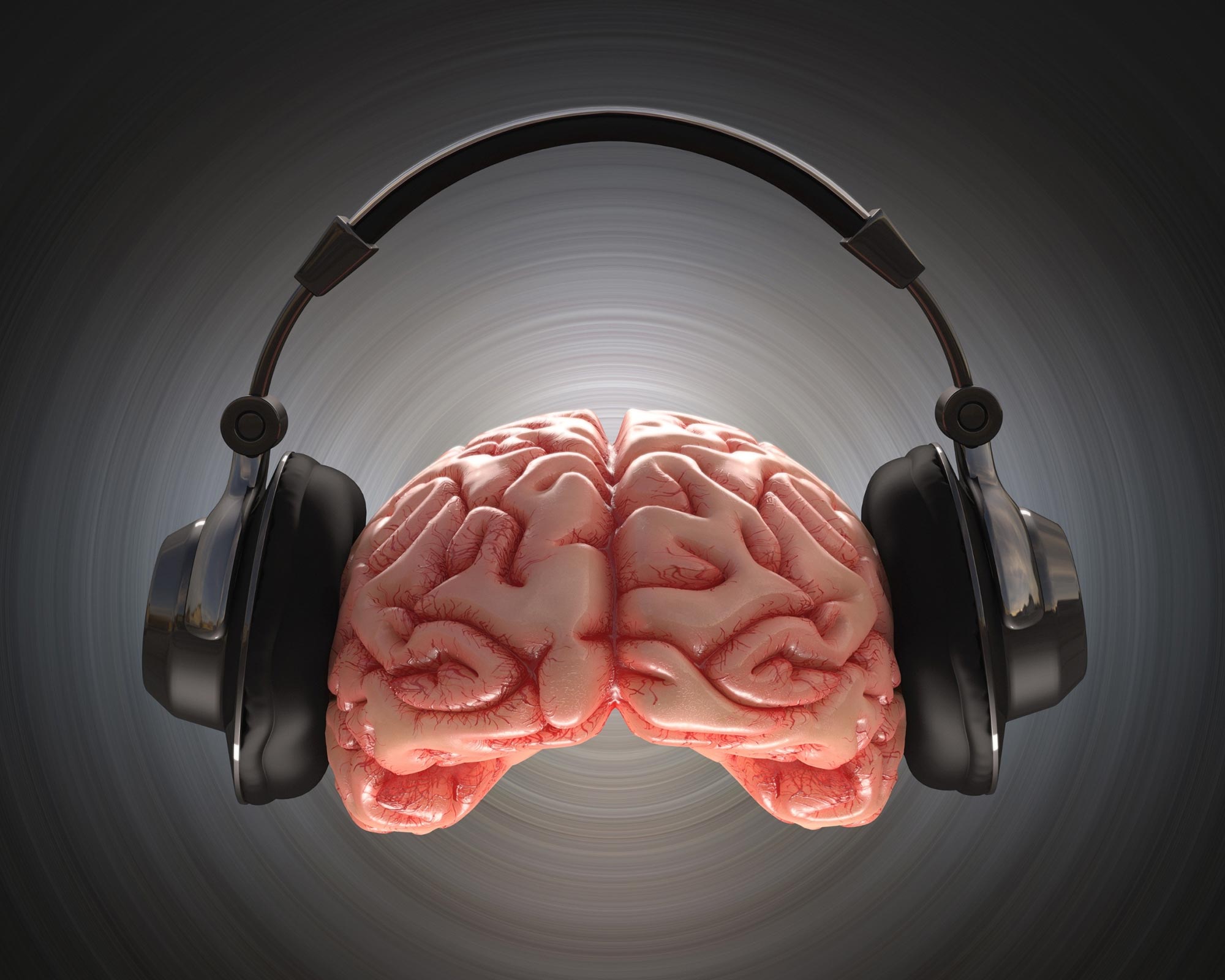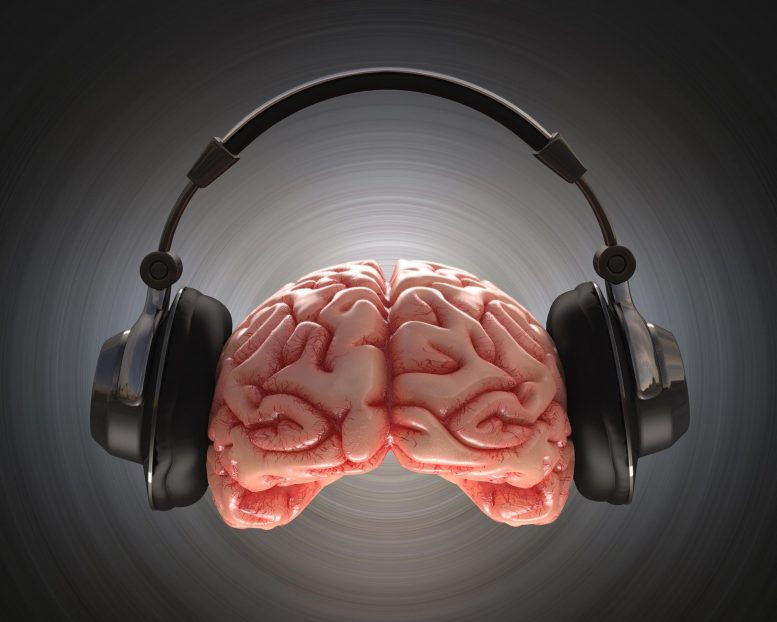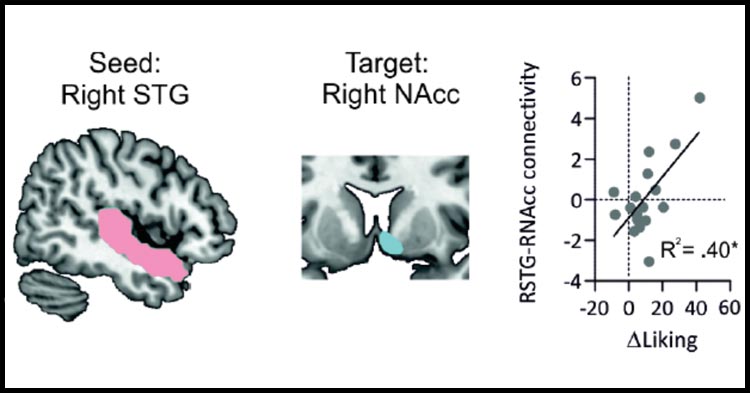
[ad_1]

The interplay between auditory and reward brain circuits underlies musical enjoyment.
Communication between the brain’s auditory and reward circuits is why humans find music rewarding, according to new research published in JNeurosci.
Despite the lack of obvious biological benefits, humans love music. Neuroimaging studies show similarities between how the brain’s reward circuits process music and other rewards like food, money, and alcohol. Yet neuroimaging studies are correlative in nature. In a new study, Mas-Herrero et al. sought to determine the causal role of these circuits using non-invasive brain stimulation.

Greater induced pleasure differences were associated with increased synchronized activity between auditory and reward regions. Credit: Mas-Herrero et al., JNeurosci 2021
A group of pop music fans listened to a set of pop songs as the research team measured their brain activity with fMRI. Prior to the scan, the team indirectly excited or inhibited the brain’s reward circuitry with transcranial magnetic stimulation.
Turning on the reward circuit before hearing music increased the enjoyment participants felt while listening to the songs, while inhibiting it decreased the enjoyment. These induced pleasure changes were linked to changes in activity in the nucleus accumbens, a key region of the reward circuit. Participants with the greatest difference in pleasure also showed the greatest difference in synchronized activity between auditory and reward regions.
These results indicate that the interactions between auditory and reward regions stimulate the pleasure we feel when listening to music.
Reference: “Unraveling the temporal dynamics of reward signals in music-induced pleasure with TMS” March 29, 2021, Journal of Neuroscience.
DOI: 10.1523 / JNEUROSCI.0727-20.2020
Funding: Canadian Institutes of Health Research, Natural Sciences and Engineering Research Council of Canada, Canadian Institute for Advanced Research, Canada Innovation Fund and CIBC Brain Imaging Fellowship
[ad_2]
Source link